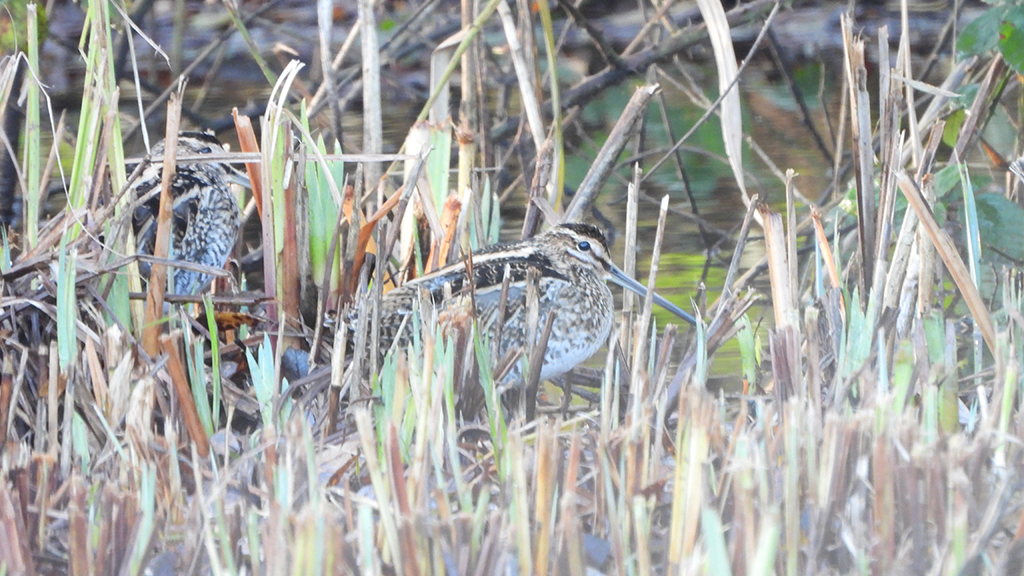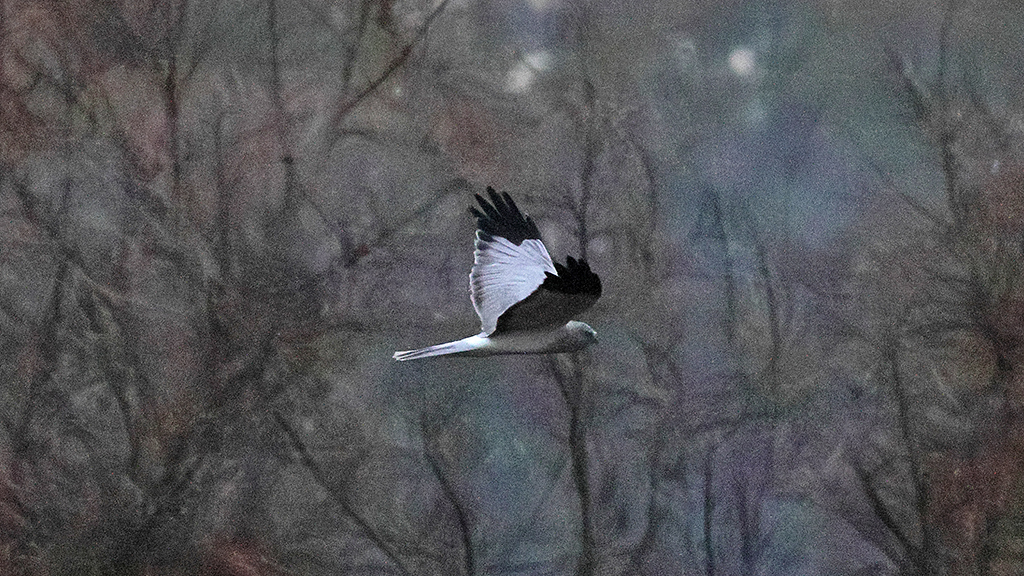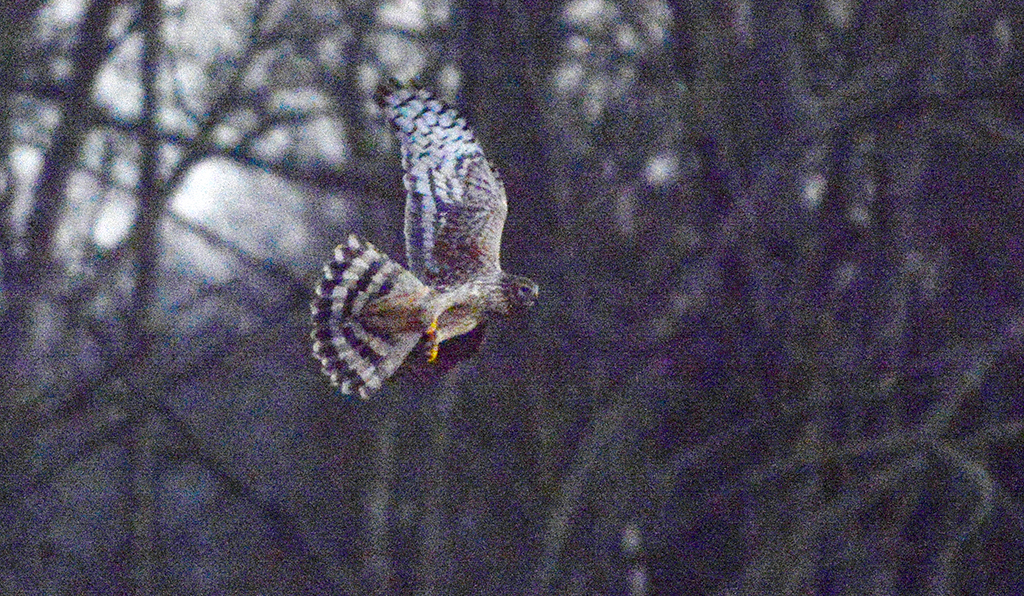Common darter's last hurrah before the frosts
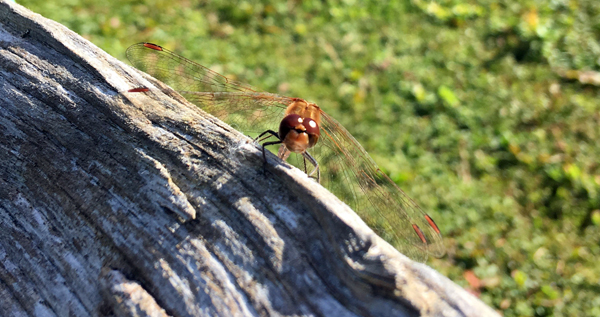
We had a black tail godwit stop in at the Ramsar hide on Sunday. A visitor showed staff a photo so we were able to confirm its. Alas they did not send it to us or post it themselves anywhere so we cannot show you.
During my bat survey last week I found 67 soprano pipistrelles tucked up inside our bat boxes. Highest count was 12 soprano pips in one box. During the survey we picked up noctules, nathusius pipistrelles, common pipistrelles and sopranos pips around the reserve on the detectors and visuals. We were picking up lots of bat ‘social’ chatter on the detectors - either males flirting or females talking to their young.
I saw a red admiral on some holly that’s in flower on Sunday. I also spotted a tatty looking small copper butterfly. Loads of common darter dragonflies are on the wing, mating and egg laying before a cold snap kills them off.
At the Ramsar hide on Monday morning I spot a large grey heron just opposite the hide as soon as I enter. The heron spots me as well and tightens its feathers in a nervous response. It becomes a staring contest until he folds and flies off across the water to the far island opposite the Sand Martin hide. On the water I count 7 shoveler, a gadwall, a handful of teal and some greylag and Canada geese. I scan the black-headed gulls present to see if there are any Mediterranean gulls in the mix. Regular visitor Russ Tofts counted 120 Med gulls here on Sunday. I could hear their mew-like calls from the wet grassland where I was working but I hadn’t realised there were so many in! Little egrets have been dropping in at the end of the day to roost here as well.
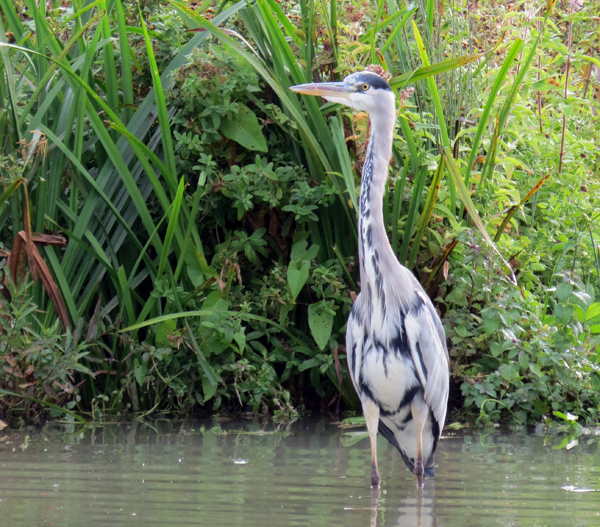
We have been working on the autumn cut – cutting and raking wet meadows and grasslands to promote diversity among the plant life year on year and to provide the habitat and visibility that winter waders prefer. We are leaving plenty of reed and sedge cover along the water’s edge.
Our Jacob’s sheep are leaving tomorrow. We moved them off the wet grassland and onto the land on the Black Rabbit Triangle a few weeks ago before the grounds became too wet. The sheep have done a good job at nibbling back growth there and we will have them back again next year, with maybe a few cattle to take care of the heavy growth. The sheep have left plenty of droppings for the invertebrates to enjoy and prosper in. Hopefully more invertebrates will mean more food for the lapwing chicks we hope to see here in March.
There are lots of hawthorn and buckthorn berries on the hedgerows. I saw five red wing fly over on Sunday. They prefer the quieter hedges along our perimeter fence but we sometimes see them along the pathways. At the corner the glace red guelder-rose berries are bright against its red leaves.
The team have been replacing fencing and we have made a woodpile habit from the old chestnut fence stakes. I’m hoping the common lizards we are seeing near the gate will find this pile, with sections facing south and west offering all day sun exposure, an attractive new home.
At the Scrape hide I hear a great-spotted woodpecker drumming away. Through my binoculars I count thirteen teal, 3 shoveler, a gadwall and many mallards on the water.
Our autumn and winter Marsh Harrier roost counts begin this Sunday. Last weekend staff who stayed late saw 6-7 around the reedbeds at dusk. We are open late on Sat 3 Nov if you want a shot at seeing these gorgeous harriers.
Along the reedbed boardwalk I was startled by a tree creeper in flight. I was able to ID him when her perched on some scrub. I saw two Cetti’s warblers and heard two water rail as well. At the moment there are Cetti’s warbler singing all around the reserve.
